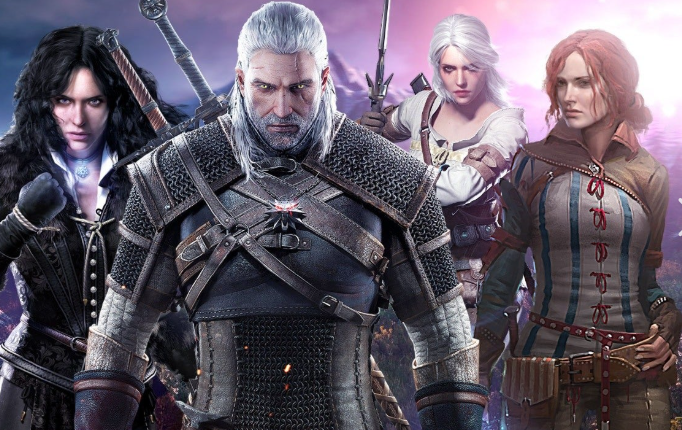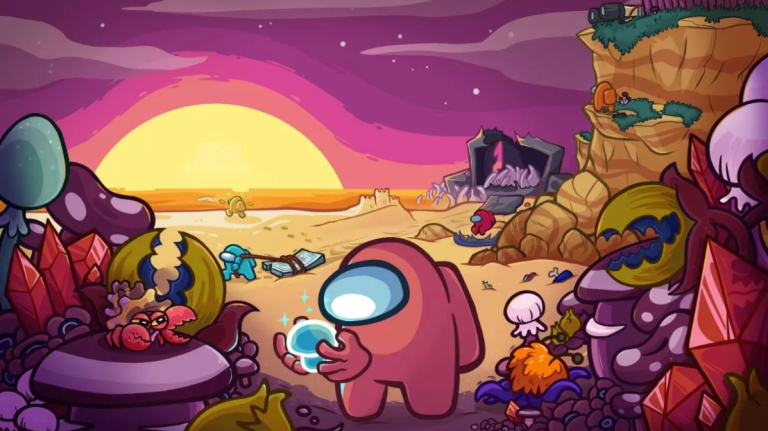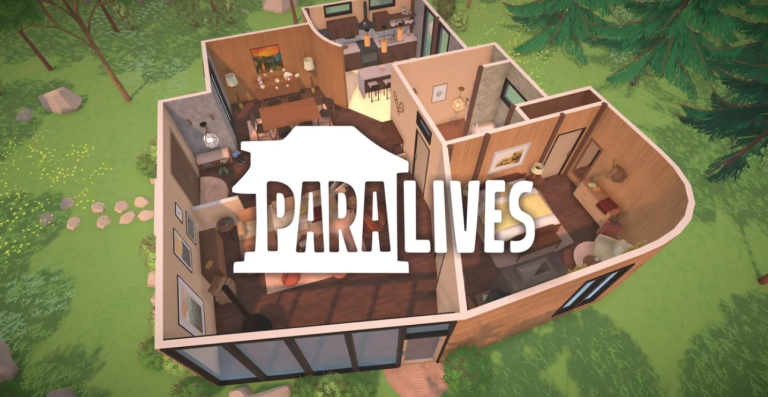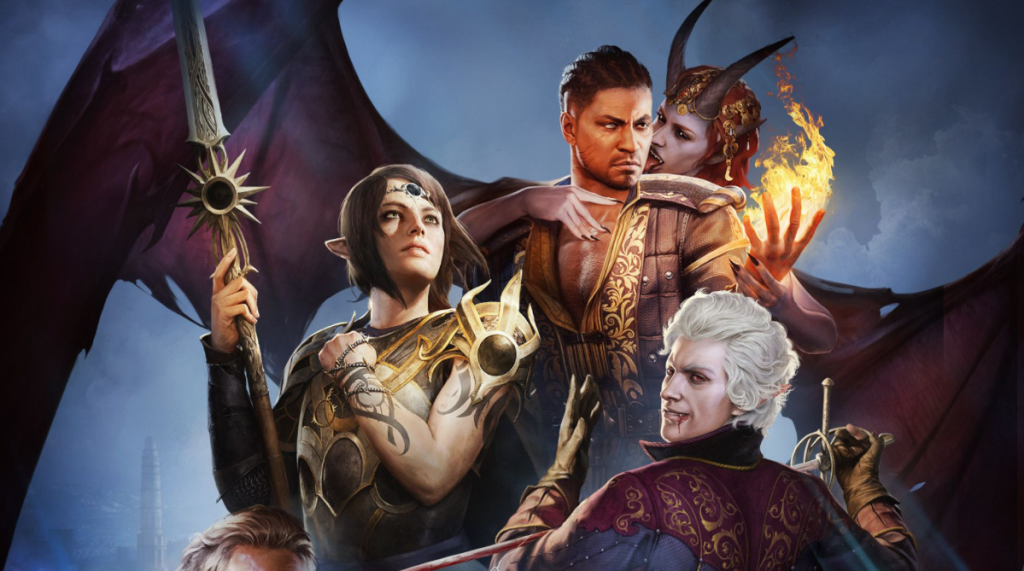
For many fans, Baldur’s Gate 3 wasn’t just a game—it was an awakening. The kind of deep, character-driven role-playing experience that reminded players why they fell in love with Dungeons & Dragons in the first place. It combined strategic combat, heartfelt storytelling, and the freedom to make terrible decisions just to see what would happen. So, when Larian Studios stepped away from the franchise after BG3’s wild success, it left fans wondering: what’s next for D&D in the gaming world?
As it turns out, something very different—and very ambitious.
At this year’s Summer Game Fest, Polygon caught up with John Hight, the president of Wizards of the Coast and a veteran of the World of Warcraft team, and he made one thing clear: D&D isn’t abandoning its crunchy CRPG roots. “Don’t get me wrong,” Hight said. “We are going to do CRPGs that are going to be as serious as BG3.” That’s a bold promise, considering BG3 has been hailed as one of the most significant RPGs in years.
But the real twist? Wizards of the Coast isn’t just doubling down on deep strategy games—they’re also betting big on cinematic action. And leading that charge is none other than God of War III and Star Wars Jedi: Survivor director Stig Asmussen, now at the helm of a brand-new studio called Giant Skull.
If that name doesn’t sound familiar yet, it probably will soon.
Asmussen’s new D&D project, being developed under the Giant Skull banner, won’t be another CRPG in the mold of Baldur’s Gate. Instead, it’s an “action-adventure” game with a heavy focus on storytelling, melee combat, and traversal—three pillars Asmussen says he’s bringing over from his work on Jedi: Survivor. Think less point-and-click dice rolls, more fast-paced swordplay and cinematic set pieces. In short, we’re getting D&D reimagined as a third-person action game.
For players who spent dozens of hours carefully weighing the pros and cons of a Fireball spell or debating whether to romance Shadowheart or Karlach, this might feel like a leap. But Asmussen sees opportunity in that difference. “We’re experts at melee combat,” he said. “That’s something that John [Hight] got to see and it translates very well [to D&D].”
It’s easy to see what he means. Take the tension of a goblin ambush in a tabletop session—now imagine facing that threat in real time, parrying blows with a longsword, vaulting over crates, dodging arrows mid-air, and chaining spell combos into close-quarters kills. It’s a different flavor of immersion, but no less rooted in the fantasy that D&D has always delivered.
And this isn’t some flashy gimmick to appeal to a wider audience. Wizards of the Coast seems genuinely invested in letting D&D evolve. Hight spoke reverently about the legacy of the brand: “After 50 years of [Dungeon Masters] coming together to flesh out the world of D&D… it’s really important that any manifestation of them in a game be as good as what’s in our own minds.”
That’s a high bar, of course. The kinds of players who gravitate toward D&D—whether it’s the digital kind or the pen-and-paper version—tend to have powerful imaginations and even stronger opinions. The gelatinous cubes and owlbears, the cryptic liches and cursed swords—these are not just set dressing, they’re mythologies with personal meaning. Translating that into gameplay that doesn’t feel like a shallow facsimile is the challenge.
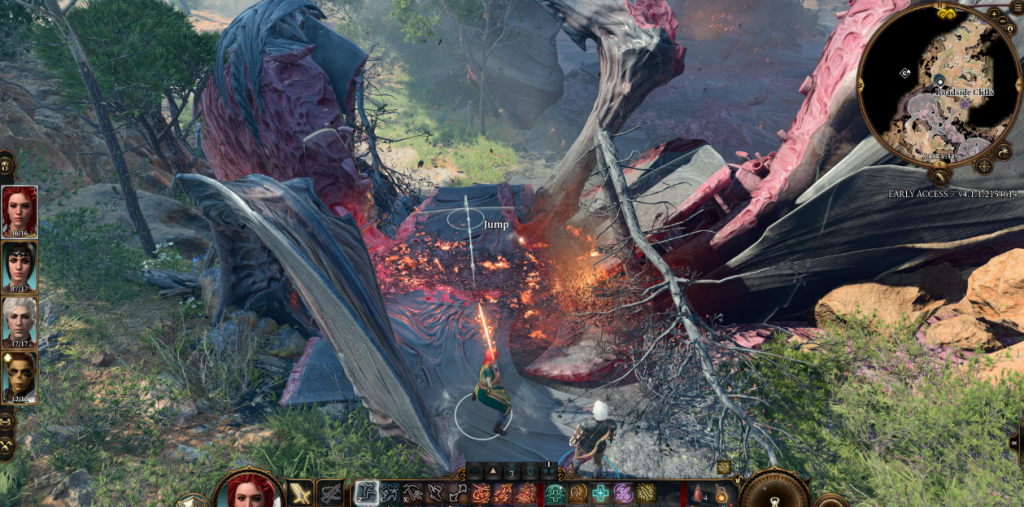
Asmussen seems ready to rise to it. Reflecting on his previous work, he acknowledges there were missteps in the Jedi series. “Some of those bad decisions were based on momentum… we just want to keep on moving forward.” But now, with a clean slate and one of the most storied fantasy universes in hand, he wants to go further. “We’ve built a motion model that’s so much faster now, so much more fluid,” he said, hinting that this won’t just be another re-skinned Jedi game.
It’s easy to imagine a world where this new D&D game could offer the kind of player experience that sits somewhere between God of War’s raw, cinematic energy and Dark Souls’ measured, satisfying combat—but with a dose of spell-slinging and maybe even a little dice magic in the background.
Of course, not everyone is convinced. In fan forums and comment threads, some BG3 loyalists are skeptical. “This better not be just a ‘press X to win’ type of game,” one Reddit user wrote. Others worry that the soul of D&D—the player choice, the weird builds, the chaotic parties—isn’t easily compatible with an action-first format.
And they’re not wrong to be cautious. Action games, no matter how fluid or flashy, can risk reducing a sprawling fantasy into something linear and forgettable. But Hight doesn’t seem interested in watering anything down. His reference point isn’t just Jedi: Survivor—it’s God of War III, a game that brought the mythological to life in vivid, operatic spectacle. “What if we could unleash [those monsters] on D&D?” he mused.
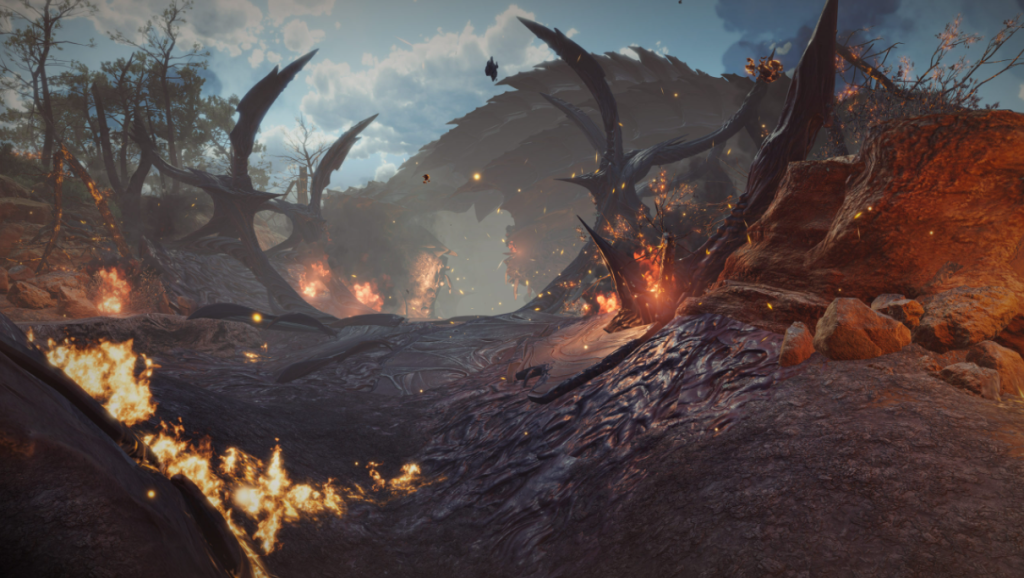
And it’s not just Giant Skull in the mix. Wizards of the Coast is clearly investing across the board. Dragon Age: The Veilguard’s director is reportedly working on an unannounced game for the publisher. Meanwhile, Critical Role—the beloved D&D actual play series—is also cooking up a video game that might be revealed “any day now.” It seems like everyone wants in on this next chapter of D&D storytelling, and each with a different approach.
The truth is, we may be entering a kind of golden age for Dungeons & Dragons in gaming. Not one built on a single genre or studio, but a shared world explored through different lenses. Just as players around the world use the same D&D rules to tell wildly different stories at their tables, perhaps the video game space is finally catching up to that same spirit of creative diversity.
There will still be room for those sprawling, tactical CRPGs—Hight promised as much. But there’s also room for something new. Something with swords and spells and set pieces that push D&D into the realm of blockbuster action. Whether that gamble pays off remains to be seen. But one thing is clear: Wizards of the Coast isn’t just riding on the coattails of Baldur’s Gate 3. They’re setting the stage for the next big adventure.
![]()
